I was talking to a friend the other day and she said, “Can’t people see the climate crisis is real? Our forests are burning. We have the worst air from smoke in the Twin Cities ever.”
Of course she was right to ask the question. But my friend was giving in to the “See, I told you the climate crisis was real. Look at the <insert evidence>,” syndrome. This syndrome is repeated over and over until we are numb. It’s just forests that are burning. If my forests aren’t burning, I’ve got to worry about COVID, my job, school and so on.
But the answer is no! Even now, people can’t see the climate crisis, and it’s easy for burning forests to become yesterday’s news. This week, the new IPCC report is making the rounds. We will forget forest fires and struggle to remember the record temperatures of 116 F in Canada. But we can look at the current pandemic for direction on how not to and how to communicate action on climate. Let me explain.
The depressing part about the pandemic is that it too is a crisis, and it’s killing people every day. Maybe you wonder like I do, if we can’t even act on something that’s immediately going to kill us, how the hell will we ever get people to act on the climate crisis?
There are three critical communication parallels between the pandemic and climate crises. Two are things we need to stop doing, and one is something we need to do more.
First, we need to stop fighting denial. When we fight the opposition we elevate the opposition. We feed what we fight. So just as we entrench vaccine hesitancy by shaming or ridiculing holdouts, we entrench climate action by always trying to convince the deniers. It doesn’t work and never has. So we need to stop trying to convince deniers. (And climate disaster porn on Facebook doesn’t help!)
We are also talking to the wrong audience in this case. We need to talk to those who are alarmed, and those who are concerned, and get them to act. When I get vaccinated, then I inspire others who are reluctant to get vaccinated. I won’t convince those who won’t change their beliefs.
The second thing that’s not working are the numbing numbers of deaths, infections, hospital ICU occupancy, and vaccination rates. By themselves, numbers don’t convince people to get vaccinated, or wear masks, or quarantine. I can’t imagine 650,000 deaths in the USA. Numbers also don’t work in climate communications. The intention of using numbers is to create fear and get people to act. If we think this approach works then we’d probably have everyone vaccinated by now, or have solved the climate crisis. Numbers resonate, but don’t motivate. We need to stop using numbers to convince people.
After my conversation with my friend, I was listening to a BBC broadcast on the pandemic. It was an interview with a COVID nurse in a hospital. She demonstrated an example of what we need to do more.
She said, and I’m paraphrasing here: “I was taking care of a patient this morning. A middle aged man. He was having trouble breathing. Gasping for air. I was getting ready to intubate him. He was scared. The look on his face. He was begging me for the vaccine, but I told him it was too late for that. I wish he’d gotten it a month ago. There was no one there for him. He was alone.”
“We’re so tired. We’ve worked months without the right personal protection equipment. Placing our masks in paper bags with our names on them at the end of our shifts to reuse them the next day. We’ve worked 14 hour shifts for months on end, willingly putting our lives at risk. Holding the hands of patients as they pass, or holding up an iPad so they can say their goodbyes to their loved ones. I just wish that they had been vaccinated. Once they reach this stage it’s too late. It used to just be older patients, but now it’s the kids too. I’m just so tired. Please help me. Get vaccinated.”
I could just see the ICU ward. What this nurse was doing was painting a very personal picture of the risk of not being vaccinated. The personal impact, the dedication, and the solution.
We need to do the same with the climate crisis. I’ve said, we need to see the objects of our verbs. Paint a personal picture. So instead of saying our forests are burning, we need to show a picture of how that has affected someone. A photo of a couple standing next to their home in ashes. Or a photo of kids on respirators from smoke. Or a photo of a farmer crying at having to put down his herd in the middle of a drought.
The point is… make it personal. It’s not the forests, it’s not the drought, it’s not the flood. These are happening but they are abstract words. It’s the impact of these on people. We must allow the picture we paint to show the personal connection. Or tell your own personal story. Then there’s two more steps.
Just as there are solutions to Covid, masks and vaccines, the final step is to show people the solution to their climate pain. People will not act on intractable persistent problems that have no solutions.
So, the photo of the burned out home needs to be accompanied by the story of how we are working to save our forests. The photo of the kids on respirators needs to be accompanied by the story of EVs and electric trucks and clean air. The photo of the farmer needs to be accompanied by the story of another farmer doing regenerative agriculture.
This takes a personal issue, shows what we are doing and also makes the solution attainable and within reach. Along the way, we can also celebrate the nurse, the forester, the EV advocate, and the regenerative farmer. Finally, and at the right time, we need to ask others to help. If the problem is personal and we’ve made the connection, and the solution is evident, then we can ask for help.
Thanks for what you do.
Hobie,
‘We are all connected. Savor the Earth!’™
L. Hobart Stocking
SkyWaterEarth.com
hobart@skywaterearth.com
651-357-0110
Facebook: @SkyWaterEarthConnected
Twitter: @SkyWaterEarth

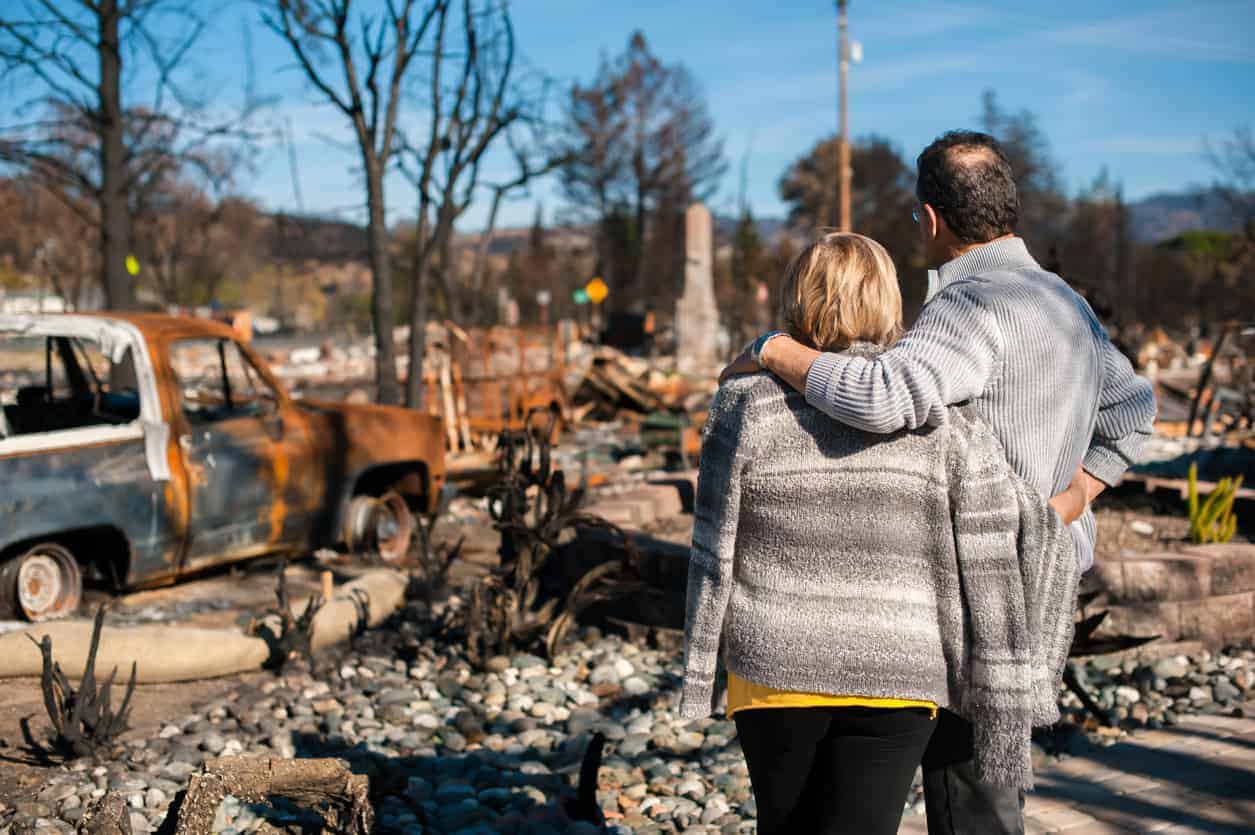

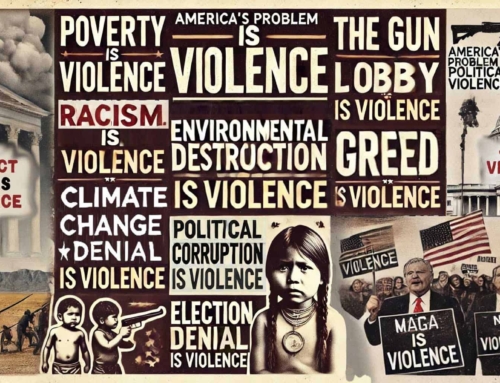
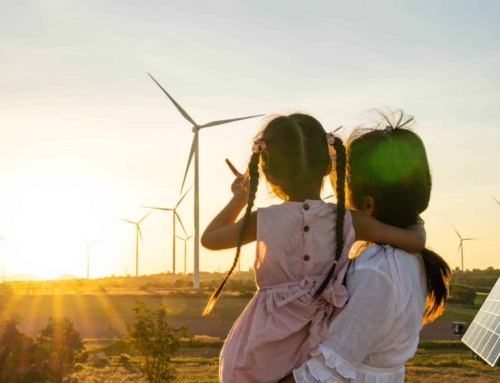

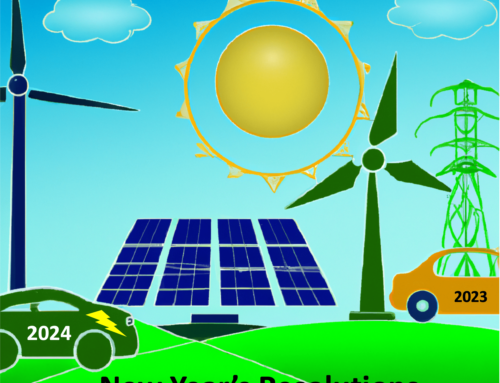
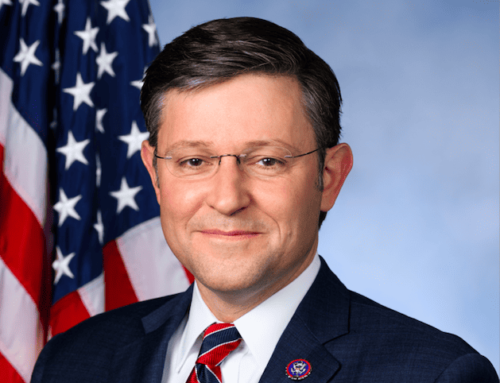
Leave A Comment